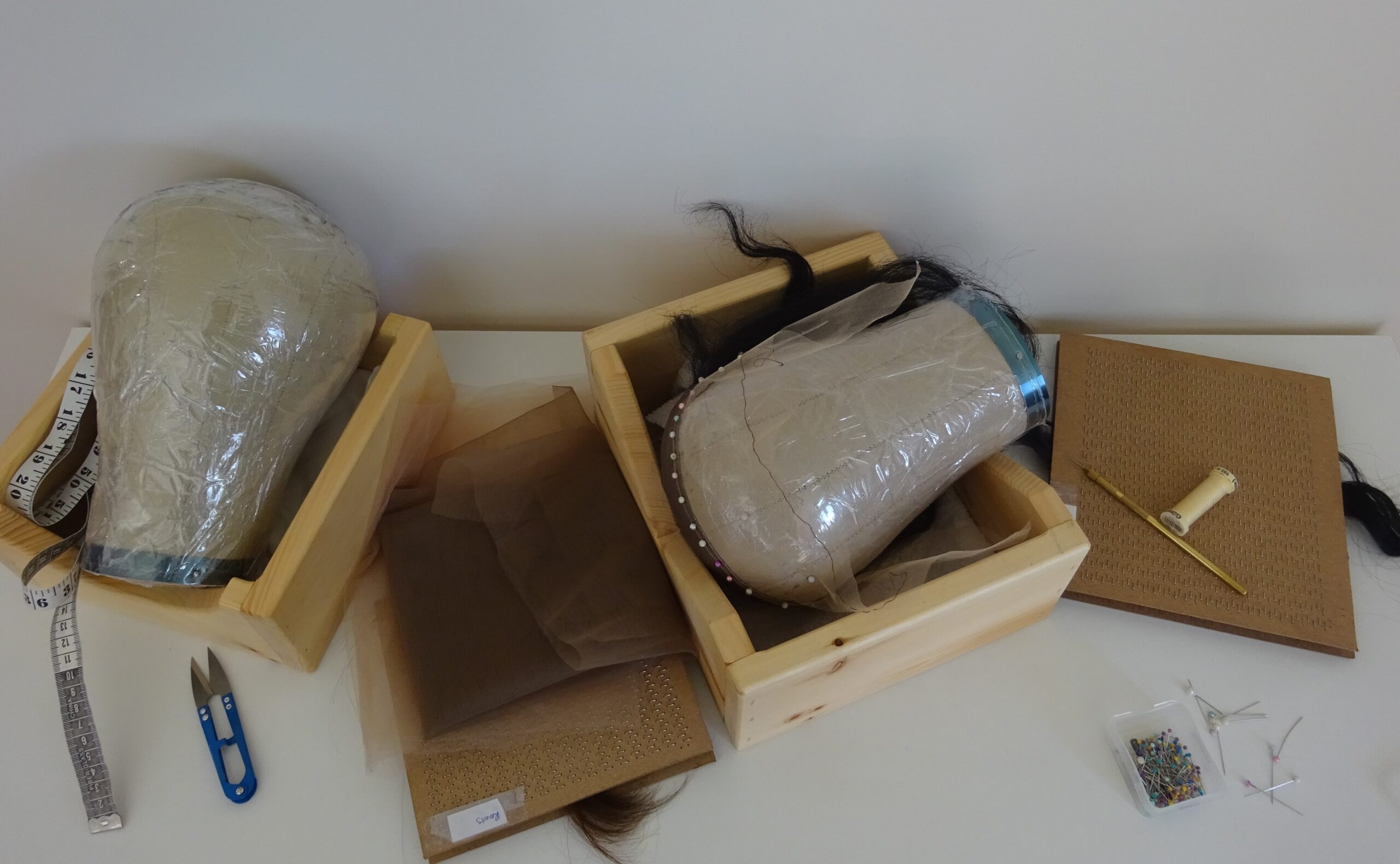Wigs have been around for centuries and have evolved to become a popular fashion accessory for people of all ages and backgrounds. Wigs can serve various purposes, such as changing hairstyles, covering hair loss, or for cosplay costumes. While many people enjoy the convenience and versatility of wigs, few know the intricate process of making lace wigs.
Step 1: Designing the Wig
The first step in the wig making process is to develop a design. This step involves creating a visual representation of the desired hairstyle, length, and color of the hair, as well as the type of cap that will be used. The design can be created by a designer or by the person wearing the wig.
Step 2: Constructing the Cap
The cap is the foundation of the wig and serves as the base for the hair. Caps can be made from lace, mesh, and monofilament. The type of cap used depends on the desired look and the comfort level of the wearer. The cap is typically made to fit the wearer’s head size and shape, ensuring a comfortable fit.
Step 3: Selecting the Hair
The quality of the hair used in wigs is critical in determining the final look and feel. The hair can be synthetic or real human hair, each having advantages and disadvantages. Synthetic hair is less expensive and can be styled easily, but it may not look as natural as human hair. On the other hand, human hair is more expensive but looks more realistic and can be styled just like natural hair.
Step 4: Ventilating/Knotting the Hair
Ventilating or knotting hair into the cap is the most time-consuming step in the wig making process. This step involves using a small needle to weave individual hair strands into the cap. The process can take several hours, depending on the length and density of the hair and the chosen ventilation method.
Step 5: Styling the Wig
Once the hair has been ventilated into the cap, the next step is to style the wig according to the design. This step involves cutting, colouring, and shaping the hair to achieve the desired look.
Step 6: Final Inspection
Inspecting the wig is crucial in ensuring that the final product is of high quality. This step involves a thorough look-over of the wig to ensure that it meets the desired look and feel. Any necessary adjustments are made, such as trimming the hair or adding additional hair to fill any gaps.
In conclusion, making a wig is detailed and complex, requiring skill, patience, and attention to detail. Each step is crucial in producing the final product, from developing the design to constructing the cap, selecting the hair, ventilating/knotting the hair into the cap, styling the wig, and giving it a final inspection. Understanding the wig making process can help you appreciate the effort that goes into making these versatile and stylish accessories.

